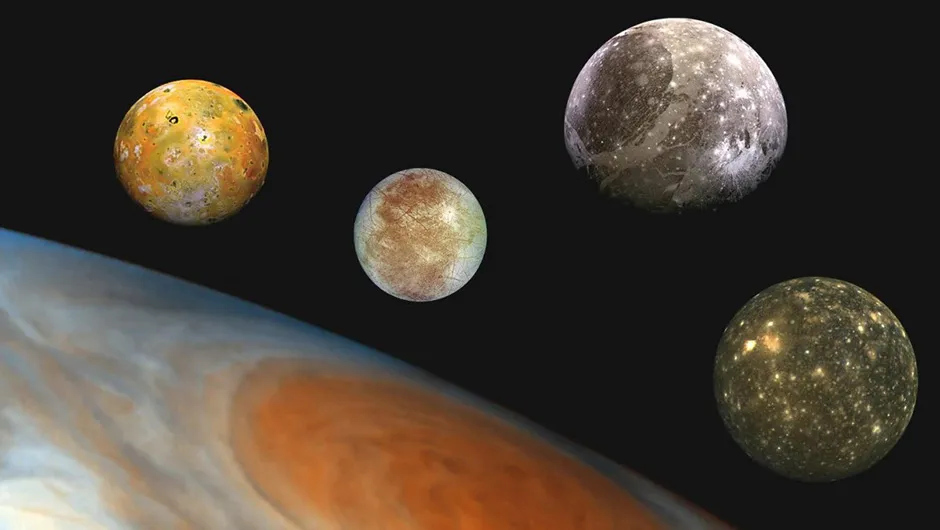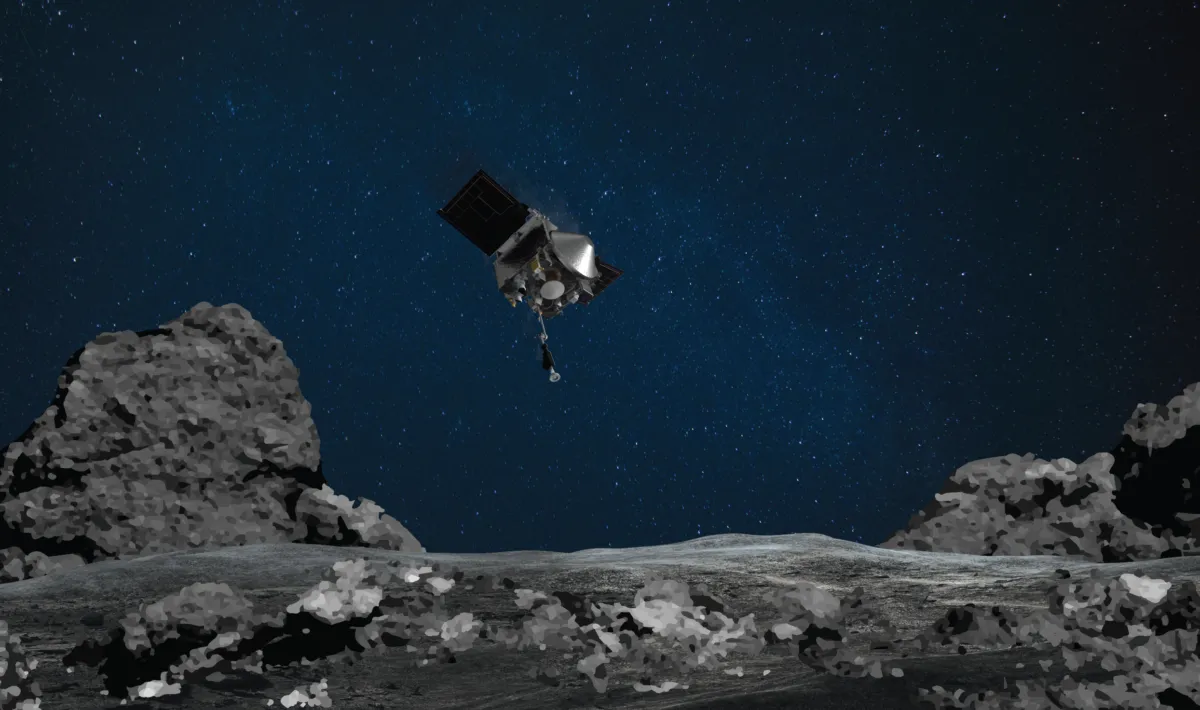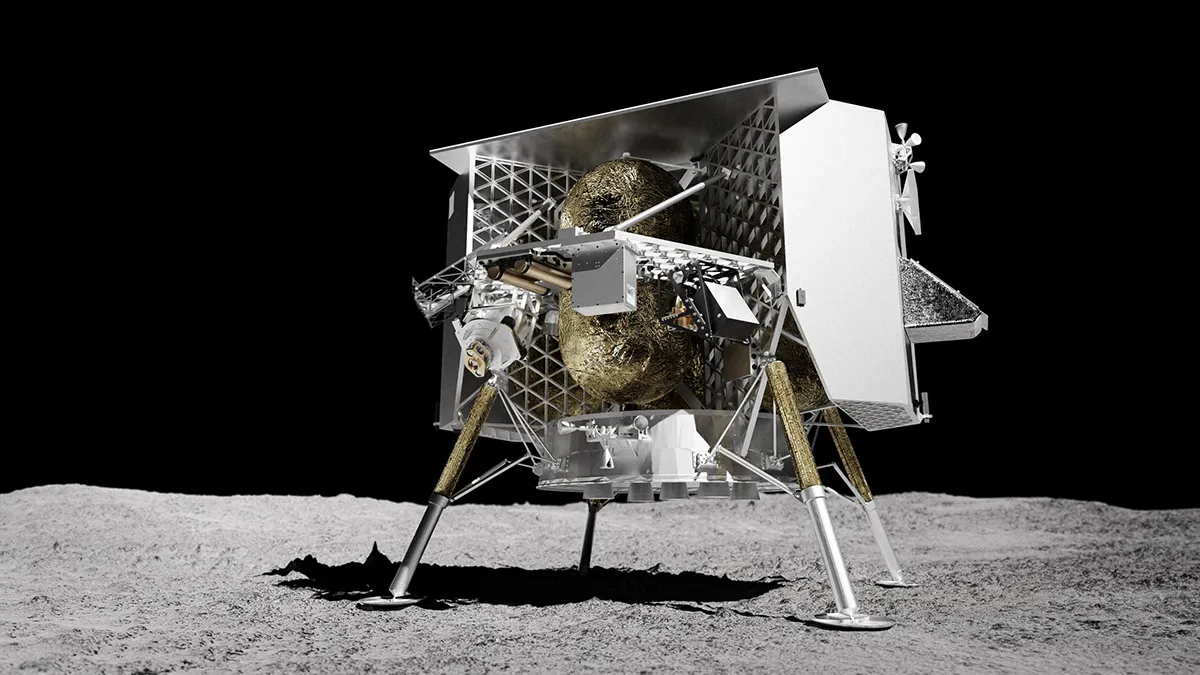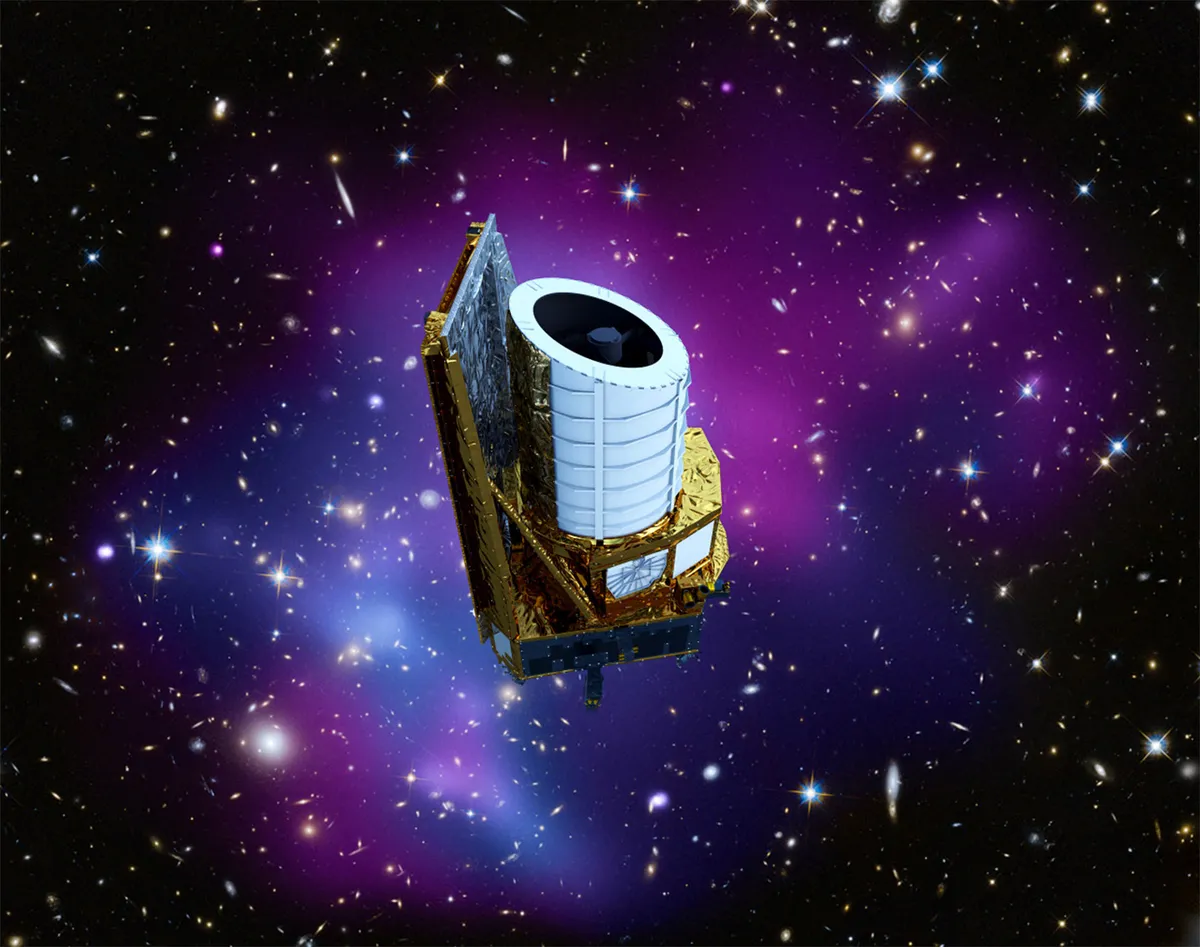Several major missions in spaceflight and exploration are blasting off – and one returning to Earth – in 2023.
This is your complete guide to the key space missions to watch out for this year.
Solar System exploration in 2023
Jupiter Icy Moons Explorer

Of the three new explorers heading out into the Solar System in 2023, the showpiece is undoubtedly the Jupiter
Icy Moons Explorer (JUICE).
It will be the first time that the European Space Agency has sent a spacecraft beyond the asteroid belt, and it is bound for the three largest of Jupiter's Galilean Moons: Europa, Calisto and Ganymede.
All three could harbour potential subsurface oceans and there have even been plumes of water seen erupting high over Europa, which JUICE will look for during its two fly-bys of the moon.

It will also make 12 passes of Calisto – home of the most densely cratered surface in the Solar System, indicating the long-dead world is an ancient relic of the Solar System’s creation.
However, JUICE’s primary target is the largest moon in the Solar System, Ganymede.
JUICE will investigate all aspects of the moon’s geology, from its mysterious magnetic field to its thin atmosphere.
The JUICE mission’s launch window is 5–25 April, arriving at Jupiter in July 2031 and entering into Ganymede’s orbit in 2034.
OSIRIS-REx and Psyche

Later in the year, it looks set to be the autumn of asteroids, as OSIRIS-Rex returns with its payload of asteroid dust from asteroid Bennu on 24 September
This is followed by NASA’s Psyche spacecraft which launches for the 226km-wide asteroid of the same name in October.
The metal-rich space rock is believed to have once been part of the metallic core of a planet destroyed in its infancy, giving a window into a part of the planets usually hidden from view.
Tagging along for the ride are two 36kg Janus probes that will fly to two separate asteroids.
Peregrine and Luna 25 head to the Moon

And finally, 2023 will continue the trend of renewed interest in the lunar surface as several landers funded by NASA’s Commercial Lunar Payload Services (CLPS) programme prepare for their first flights.
The Peregrine lander from Astrobotic aims to fly in the first quarter of 2023 and carries six mini-rovers, all built by different nations.
Intuitive Machines’ Nova-C will follow soon after, heading towards the relatively unexplored lunar south pole.
CLPS was created as an offshoot of the Artemis programme, funding private companies to build lunar landers to support future human landings, and both will carry multiple NASA experiments to scout out the Moon’s surface.
They will also carry payloads from commercial customers, including a legged Asagumo ‘rover’ from the British–Ukrainian company Spacebit.
Also bound for the south pole is Roscosmos’s Luna 25, which aims to analyse the composition of the lunar soil there.
It is due to launch in July, 47 years after the Russian agency launched its last lunar lander.
Missions that will observe the Universe
The European Euclid mission

Two major new space telescopes are heading into space in 2023, beginning with ESA’s Euclid telescope, which will take a deep look into the Universe’s dark side – dark matter and dark energy, that is.
While dark matter is the strange substance that holds galaxies together, dark energy is the force that seems to be driving them apart, accelerating the expansion of the Universe.
However, even though these dark cousins have been part of our understanding of the Universe for decades, we don’t really know what they are.
Euclid will help astronomers understand these mysterious forces by surveying billions of galaxies, the light of which has taken over 10 billion years to reach us.
Covering one third of the extragalactic sky beyond the Milky Way, astronomers will be able to use Euclid data to create a map of galaxies through cosmological time, showing how the Universe has expanded and grown.
With this tool in hand, it is then possible to backtrack to gain an insight into how dark matter and energy shaped the cosmos around us.
China's Xuntian mission

In the last quarter of 2023, the Chinese space agency will launch Xuntian (meaning ‘survey the heavens’).
The telescope is similar to the aging Hubble Space Telescope in many ways – its mirror is two metres wide, it images in the visible and near-ultraviolet, and it is designed to be multipurpose – but its cameras have 300 times the resolution of its predecessor.
Xuntian will fly in the same orbit, though separate from, the recently completed Tiangong Space Station, and will be able to dock for repairs and upgrades, meaning it could operate long past its initial decade lifespan.
Crewed spaceflight

Human spaceflight is entering a new era. In November 2022, NASA successfully tested its new Orion crew module that will take humans back to the Moon – and ultimately perhaps beyond.
But that doesn’t mean low-Earth orbit is being forgotten.
Roscosmos’s Soyuz, the Chinese Shenzhou and SpaceX’s Crew Dragon will continue ferrying astronauts to their respective space stations, but two more vehicles could be about to join their ranks.
In April, Boeing hopes to launch the first crewed test of its reusable Starliner space craft, to ensure the spacecraft is ready to begin ferrying astronauts to the International Space Station full time.
he mission will have two experienced astronauts on board and will dock with the ISS for several days.
The flight is years behind schedule after its first uncrewed test flight in 2019 failed to reach the correct orbit.
After making more than 60 corrective actions, Boeing successfully repeated the test in May 2022 (despite two thrusters shutting down early), clearing the way for a crewed test.
Elsewhere, the Indian Space Research Organisation has been working on its own crew module, Gaganyaan, and hopes to complete at least one uncrewed test in the second half of 2023.
If all goes to plan, the spacecraft will be cleared for a test flight with up to three crew members on board in 2024.
If you want to get into low-Earth orbit next year, then you’re certainly going to be spoilt for choice!
This guide originally appeared in the January 2023 issue of BBC Sky at Night Magazine
